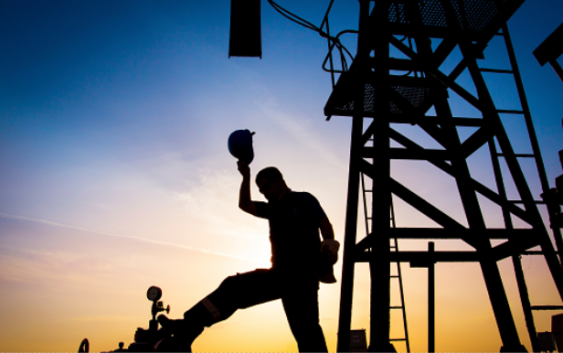- FORMER TOGO PLAYER ADEBAYOR LAUNCH SOCIAL HOUSING PROJECT IN TOGO
- AMANSIE WEST DISTRICT ROAD PROJECT BEGINS IN GHANA
- LAGOS TO CALABAR HIGWAY PROJECT: WHY IT CANT BE ACHIEVED
- NPA SECURE US$700M LOAN FROM CITIBANK FOR REHABILITATION OF APAPA & TIN-CAN PORT
- LIBERIA SENATE TO PROBE WORK MINISTRY OVER UNAUTHORIZED AWARD OF OVER US$21M ROAD CONTRACTS
OUR FUTURE RESILIENCE DEPENDS ON SMART INFRASTRUCTURE INVESTMENT TODAY

The COVID-19 pandemic has exposed critical weaknesses in today’s infrastructure systems that have cost thousands of lives and failed to shield millions more. The destructive force of climate change, visible in more frequent and severe natural disasters, highlights the urgency to better protect our communities against catastrophic losses while drastically reducing carbon emissions.
The right kind of infrastructure is crucial to help mitigate shocks like climate change and pandemics, and is also an important source of economic growth and social progress. Clean transport, low-carbon energy and digital development are critical enablers for achieving the Sustainable Development Goals (SDGs) and Paris Agreement commitments. Without exaggeration, whether we will be able to avert the worst consequences of climate change and withstand future shocks largely depends on the kind of infrastructure we invest in today.
According to Global Infrastructure Basel (GIB) Foundation, 75 percent of the infrastructure projected to be in place by 2050 does not yet exist. This means that we have an opportunity to course correct and construct a world that will be greener, more resilient, more sustainable and more inclusive. A monumental challenge, however, is that global demand for infrastructure far outstrips the amount of finance currently applied to the sector—contributing to a staggering USD 15 trillion investment gap by 2040 [1]. This gap is brought into particularly stark relief in emerging markets and developing economies (EMDEs), which represent two-thirds of global infrastructure demand, but where financing deficits are often largest.

